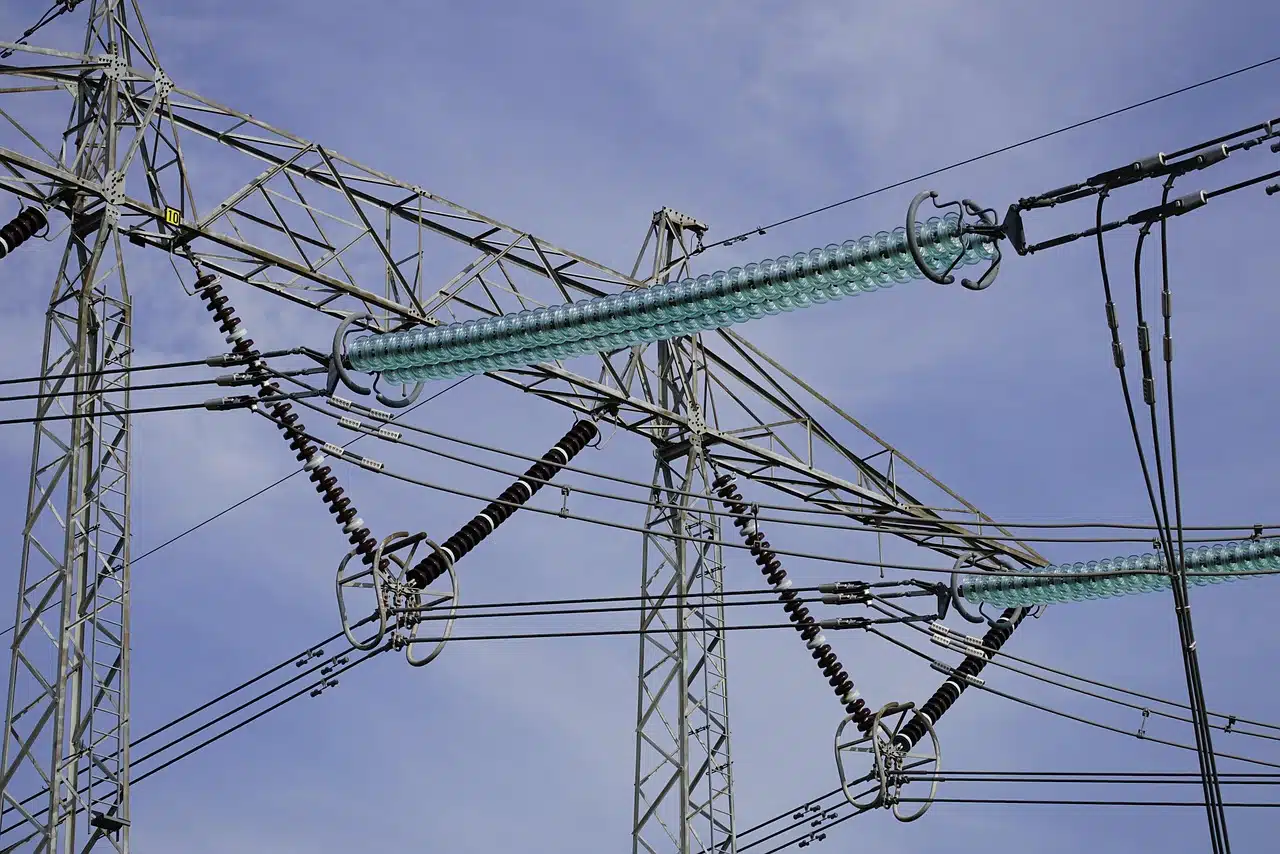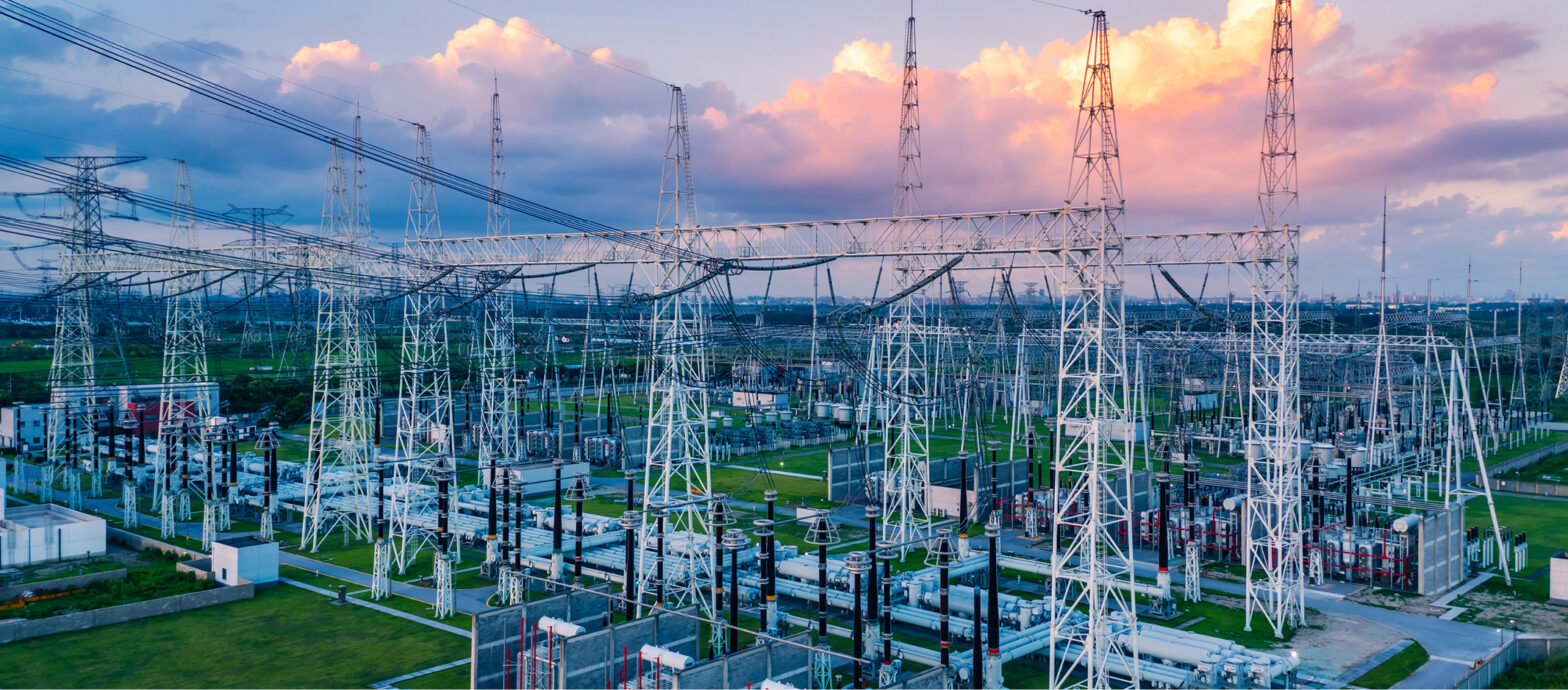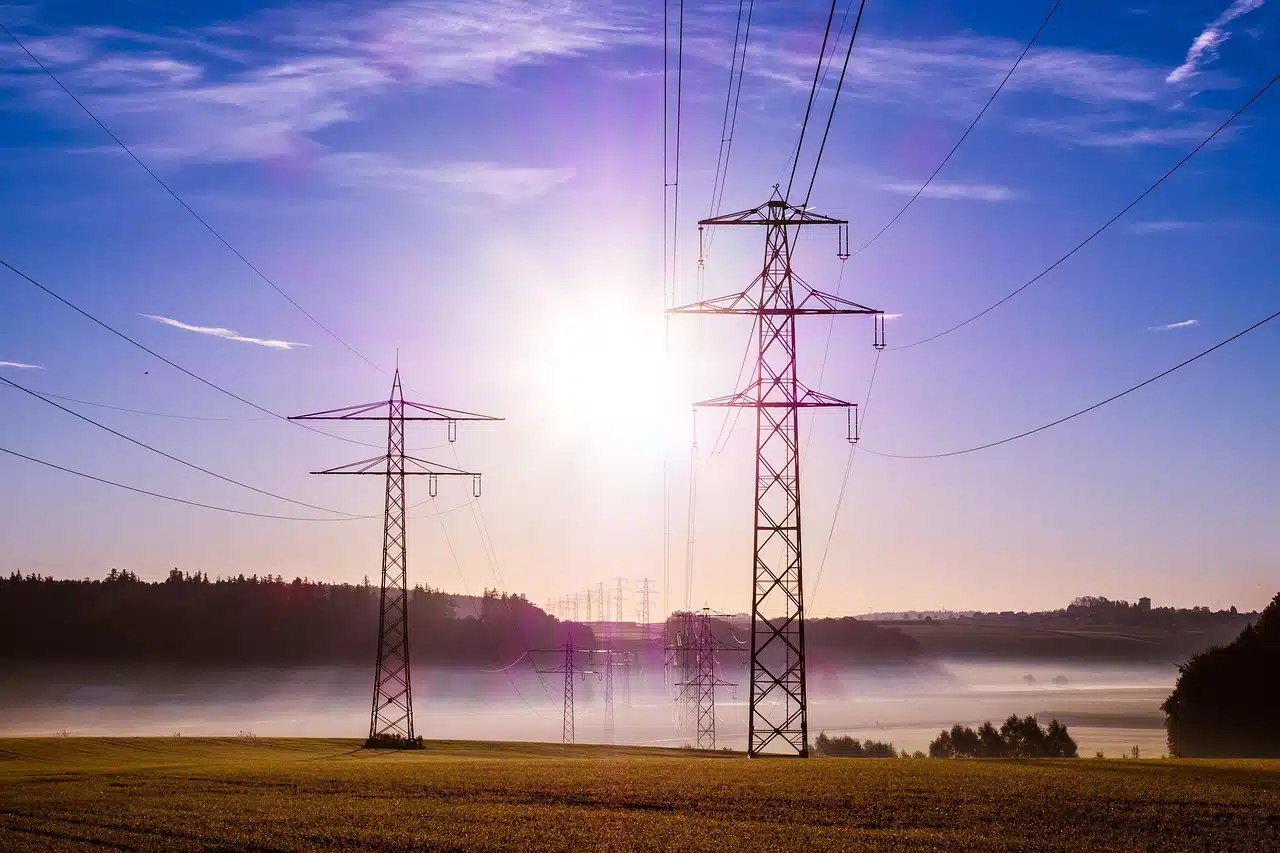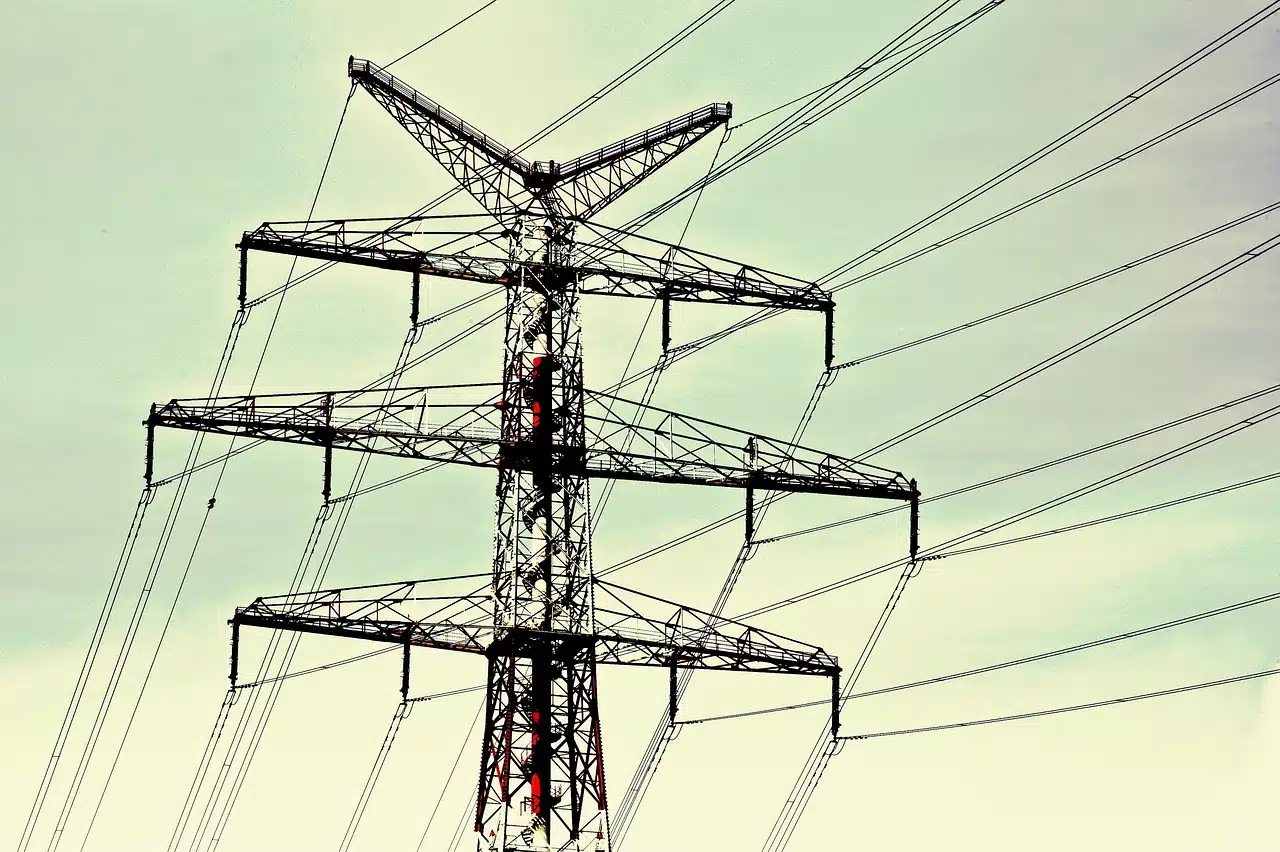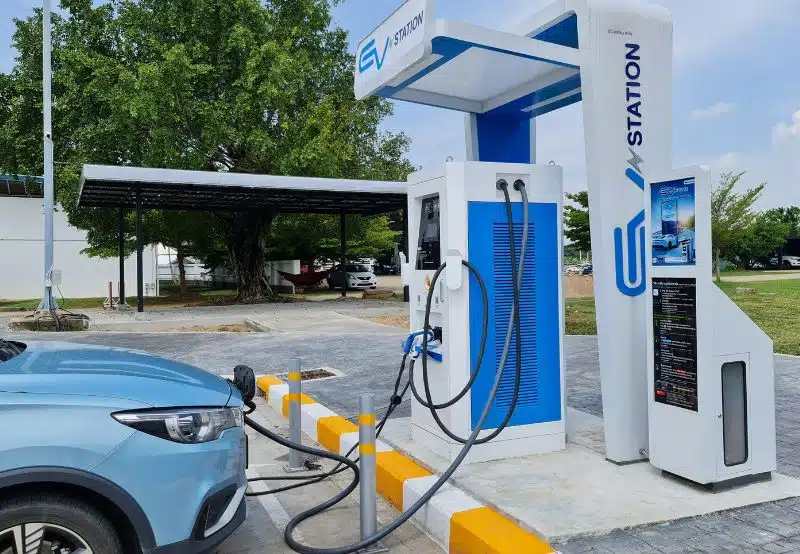South Africa’s state – owned utility, Eskom Holdings has announced the implementation of Stage Two power cuts across South Africa following the loss of five generation units.
In a statement posted to social media, Eskom said that despite its progress in electricity generation efforts, five generation units broke down before the peak period, prompting the implementation of Stage Two power cuts, also known as loadshedding.
The statement also disclosed that the power cut will last till tomorrow.
“Stage 2 loadshedding was implemented at 18:25 and will remain in effect until 5:00 tomorrow”, the statement read.
Eskom however assured the public of its continued prioritisation of planned maintenance of electricity generation and transmission systems to strengthen system reliability ahead of the coming winter months, while ensuring adherence to environmental and licensing conditions.
Stage 2 load shedding means that up to 2000MW of capacity needs to be shed. Consumers can expect to be shed up to 6 times over a four-day period for two hours at a time, or 6 times over an eight-day period for four hours at a time.
Stage 3 load shedding means that up to 3000MW of capacity needs to be shed.
South Africa’s power outage history
Earlier in January this year, Eskom Holdings announced a 300-day unbroken streak of no power cuts in South Africa.
In February, Eskom had depleted its reserves and implemented Stage 3 power cuts, requiring up to 3,000 megawatts of capacity to be shed from the national grid.
The power cuts had to be implemented after a series of breakdowns occurred at the country’s coal-fired power plants.
Later that month, the utility had lost 10 generation units overnight, forcing the implementation of Stage 6 loadshedding, the highest level of power cuts implemented in the country.
A month later in March, a unit at South Africa’s sole nuclear power plant, Koeberg, broke down, taking the whole facility offline and causing further strain to the nation’s power grid.
Few days later, Eskom announced the implementation of Stage 3 loadshedding in a bid to replenish emergency reserves following a significant loss in generation capacity caused by, among others, the shutdown at Koeberg nuclear power plant.



